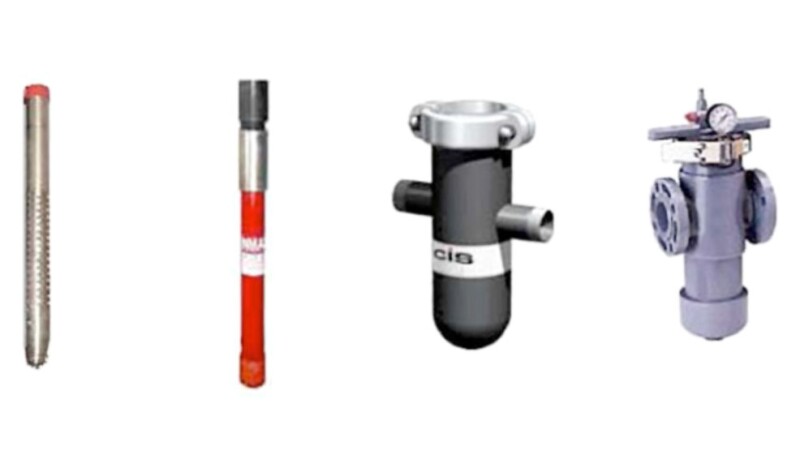Well MERO-006T is an oil development well that came into production in March 1988 and has been plagued with incessant wax buildup. Research indicates that a wax-inhibition tool can be deployed in the well. The complete paper highlights the thermodynamic modeling approach adopted to determine the wax appearance temperature (WAT) in Well MERO‑006T, the well-modeling approach to estimate the depth at which wax formation would occur, and the optimal depth for the wax-inhibition tool based on life-cycle-production expectations from the well.
Introduction
Problems associated with wax deposition can occur anywhere in the production system, from the reservoir to the terminal. Wax deposits result from the cooling effect of oil flowing from high-pressure reservoirs through the wellbore to the surface.


